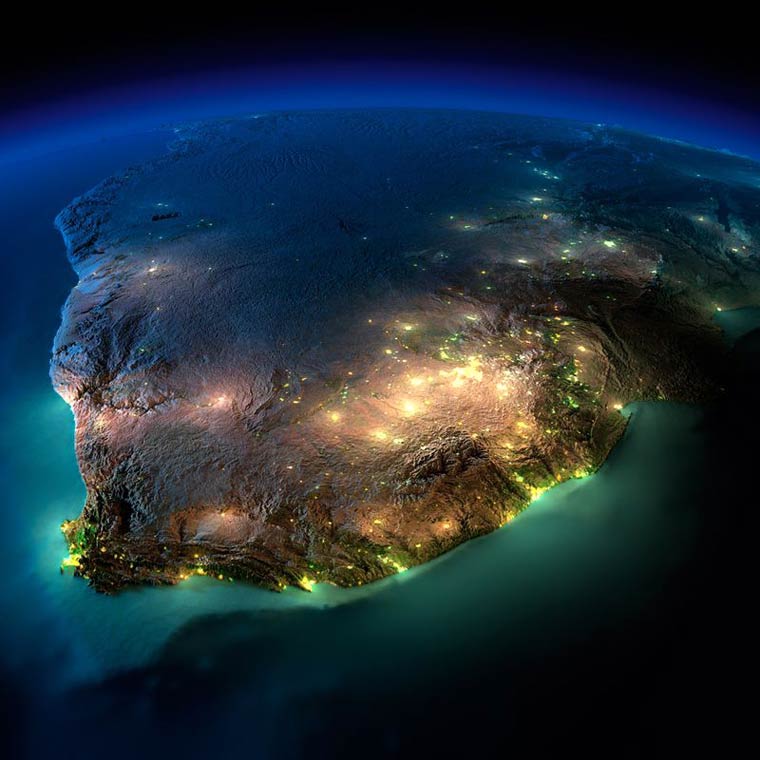
Low-flying scanners can generate higher quality resolutions compared to satellite images. Earth Science and Remote Sensing Unit, NASA Johnson Space Center. Image courtesy of the Earth Science and Remote Sensing Unit, NASA Johnson Space Center (iss050e012261, Nov. Nighttime view of Western Europe: England (top right), Paris (bright city near the middle of the image) and Belgium and the Netherlands (middle-right of frame). They can become an integral part of project development and control, as many strange ecological, political and social phenomena become apparent with a closer look at the night-time imagery of our planet. Why do we waste so much energy to light outer space when we only need light on the ground? High-resolution satellite data can now deliver detailed insights into how humans have shaped the night, and these earth observation systems are about to reform our urban planning.

But they also confront us with a growing form of pollution.

The mission is managed by NASA with operational support from NOAA and its Joint Polar Satellite System, which manages the satellite's ground system.Satellite images of Earth at night make for fascinating, beautiful pictures. Suomi NPP sends its data once per orbit to a ground station in Svalbard, Norway, and continuously to local direct broadcast users distributed around the world. The spacecraft flies 824 kilometres (512 miles) above the surface in a polar orbit, circling the planet about 14 times a day. Named for satellite meteorology pioneer Verner Suomi, NPP flies over any given point on the earth’s surface twice each day at roughly 1:30 am and 1:30 pm. In this case, auroras, fires, and other stray light have been removed to emphasize the city lights. VIIRS detects light in a range of wavelengths from green to near-infrared and uses filtering techniques to observe dim signals such as gas flares, auroras, wildfires, city lights, and reflected moonlight.

The night time view of the earth was made possible by the "day-night band" of the Visible Infrared Imaging Radiometer Suite. It took 312 orbits and 2.5 terabytes of data to get a clear shot of every parcel of the earth’s land surface and islands. English: This image of the earth at night is a composite assembled from data acquired by the Suomi National Polar-orbiting Partnership (Suomi NPP) satellite over nine days in April 2012 and thirteen days in October 2012.


 0 kommentar(er)
0 kommentar(er)
